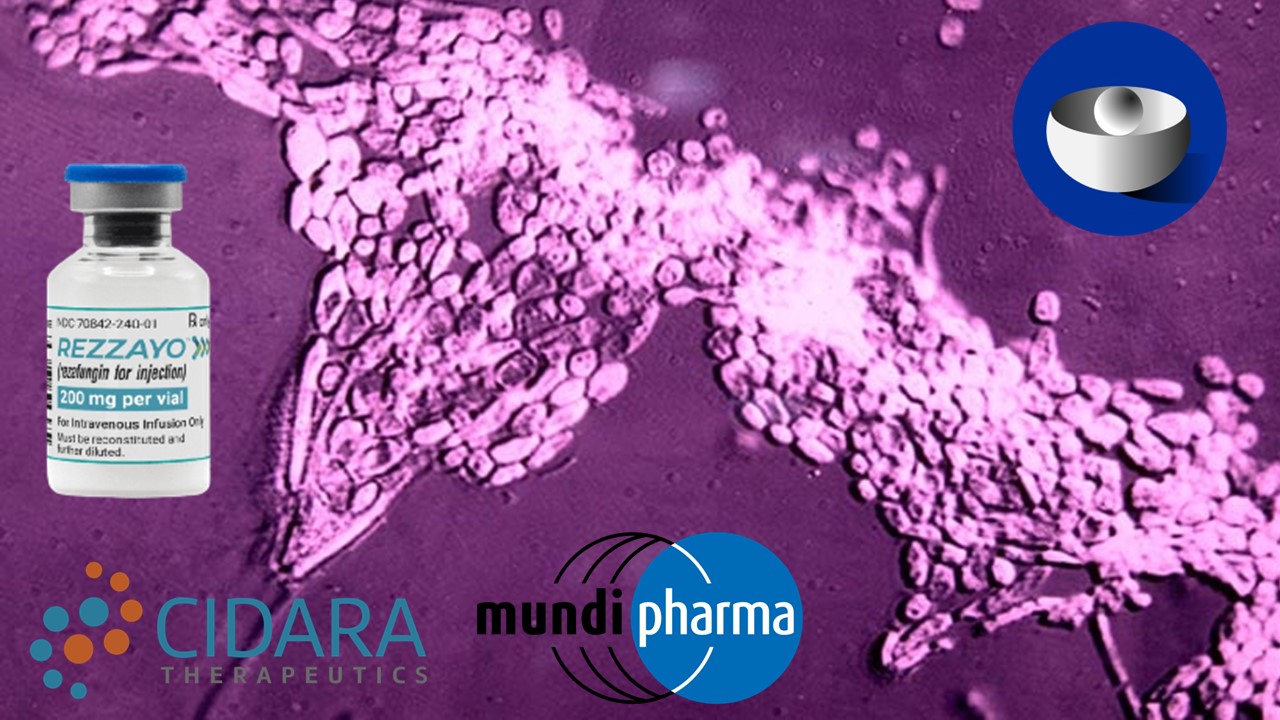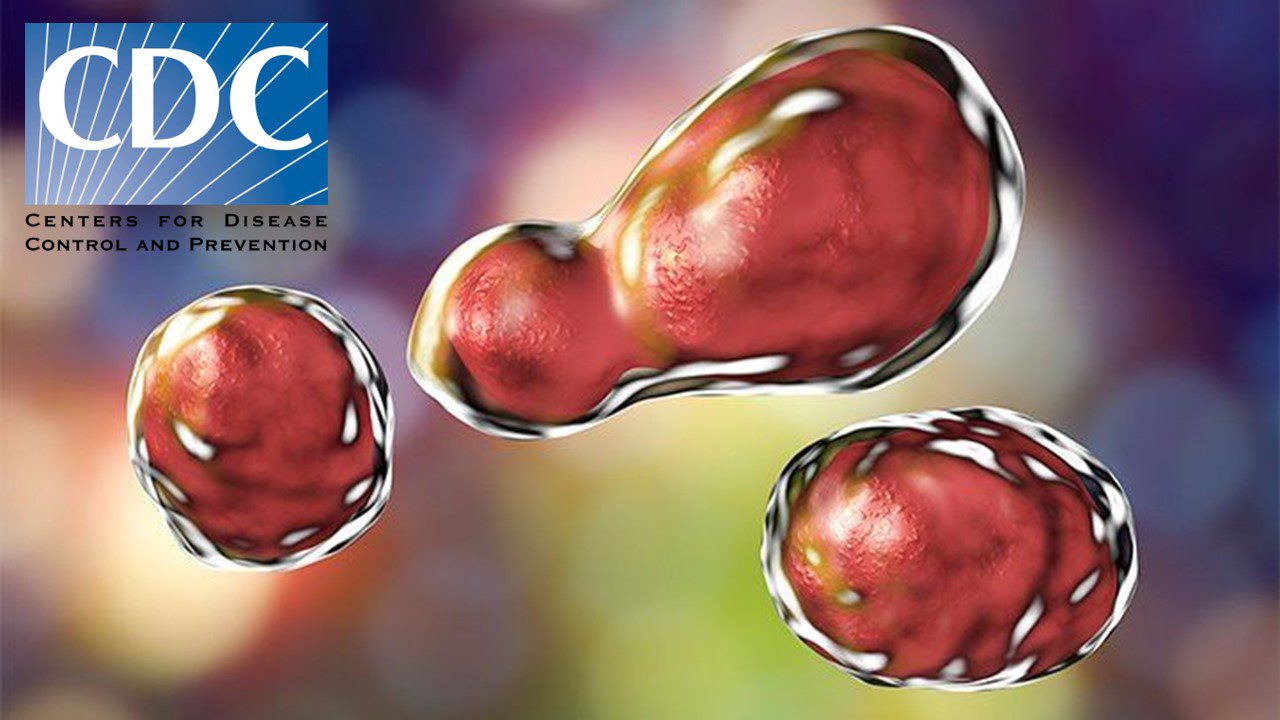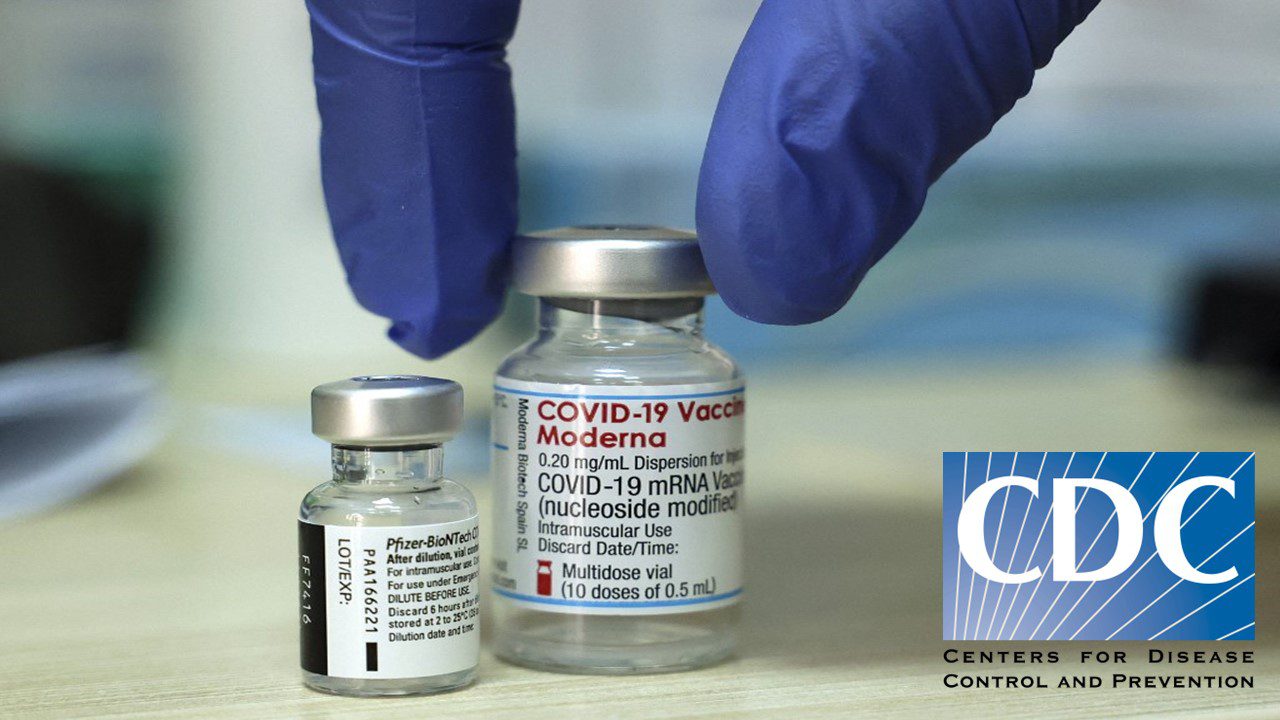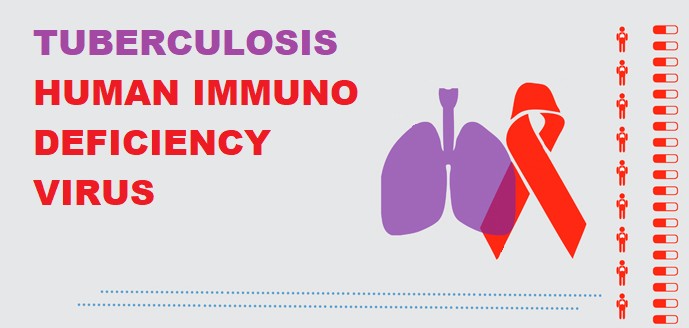PharmaFEATURES will be covering a weekly digest of Omicron and COVID-19 related coverage on Mondays while the new variant remains of critical importance to health systems and industries around the world. Check the article from last week here.
The Omicron variant of SARS-CoV-2 has firmly placed the world back in the trenches against the disease, as we see national healthcare systems grappling with alarming rates of infection, and inevitable hospitalizations. While some reports indicate the possibility of a milder disease, Omicron’s immensely magnified transmissibility has already translated to significant hospitalizations: this is particularly important in the middle of winter amidst the usual influenza outbreaks and clinical backlogs caused by earlier prioritizations of the virus. What does this mean for our current, and future vaccination efforts?
Rate of Transmission
Infectivity seems to have increased dramatically for the Omicron variant compared to the as-of-yet dominant Delta variant. Just this week, the World Health Organization reported that the Omicron variant has driven stark growth in case rates in countries where Delta circulation was low, such as South Africa, but also in countries where the incidence of Delta was already high – such as the United Kingdom. Reports from London estimate that Omicron may already be responsible for as many as 40% of all new infections in the British capital, with the British government estimating over a million Omicron cases by the end of the month barring interventions and increased vaccinations.
Early data has proven estimates regarding Omicron’s reproductive number correct – with each carrier going on to infect 2-4 other individuals. The spread of the variant remains sparser in the USA, although a recent investigation of sewage water in multiple major metropolitan areas – including Sacramento and Houston – has traced the variant in wastewater. Scientists and city officials have initiated collaborations on projects for the testing of wastewater; some samples found the virus as early as the 25th of November, indicating the high likelihood of Omicron already circulating widely in the country.
The Milder Variant?
Countless sources across the academic world and the press point to the Omicron variant exhibiting milder symptoms of disease than the delta variant. While these are promising signs, it is far too early in the outbreak of the Omicron variant to base solid conclusions on such data; there is always a degree of latency between transmission and the development of severe disease. This view is reinforced by the sharp increase in hospitalizations in South Africa at the beginning of December – a few weeks after the variant had already started making waves in the country. The head of the British Wellcome Trust noted last week that there has currently been no hard evidence to believe that Omicron leads to milder clinical disease.
The increasing transmissibility of the variant alone is cause for pause – even with a lower degree clinical severity, Omicron is spreading throughout a developed world that had started to become complacent with Delta. Large outbreaks of the Delta variant in Europe had already led to the resurgence of restrictions and increased health system burdens. This is combined with the season’s increased flu incidence and the huge hospital backlogs created throughout the pandemic. Additionally, with the public showing growing recalcitrance for adhering to new restrictions after two years of living with them, the question of whether Omicron is milder or not seems nearly tangential to the way forward.
Vaccination Efforts
The degree to which the variant is capable of immune escape, has also lived up to initial expectations so far. Anecdotal reports of more than half of social gathering attendants becoming infected abound, including groups with high degrees of vaccination or prior exposure to other variants. The American CDC has stated that over three quarters of identified Omicron cases in the USA occurred in vaccinated individuals. Early observational studies show markedly reduced efficacy of the Pfizer vaccine against the Omicron variant, with two jabs offering only about 40% protection against the variant. The data is even more alarming for individuals with two AstraZeneca jabs – who only have a 10% degree of protection against developing symptomatic disease.
A booster jab may raise protection against symptomatic disease back up to 75%, although statements made by Pfizer claim that a triple-dose regimen is comparably effective against Omicron as a two-dose regimen is to wild-type coronavirus. Moderna and J&J have yet to release their own statements regarding their products, but news is expected soon. Still, vaccination has been effective at decreasing the severity of the disease even if it is unable to prevent transmission, largely due to the T-cell response of the immune system – which is less variant-specific.
With over 90 vaccines currently in clinical development, it is clear that the industry continues unabated in its drive to tackle the monumental problem of the pandemic. Yet the mood across the industry, as reported on the Wall Street Journal, seems to have become sceptical regarding the value of shots that are more fine-tuned towards specific variants. This is partly driven by the dearth of data on antigenic imprinting and whether it is applicable for COVID. Antigenic imprinting refers to the phenomenon of individuals creating strongest antibodies against the first variant of a disease that they are exposed to – such as with influenza – but antibodies created against subsequent variants elicit weaker immune responses and fewer antibodies.
Vaccine candidates with higher specificity are still being explored; however, more attention is being given to the possibility of offering “tweaked” booster shots to already vaccinated individuals, which can be tailored to more contemporaneous variants. This approach bears promise, but we must remember that the global supply chain already struggled to distribute baseline vaccines equitably to the developing world. Distributing those, and then further booster shots to tackle new variants, may seem like a tall order.
More cost-effective solutions are urgently required in our efforts to tackle not just the Omicron variant, but also the development of future variants that may be just as evolved. As the world comes to grips with the new reality presented by this variant, we must not lose sight of how far we have come in just two years – with a whole host of completely novel vaccines, representing the first commercialized efforts of technologies such as mRNA and vectored vaccines. Promising candidates also make use of yet more innovative methods, such as Self Amplifying mRNA (SAM) vaccines. While we may not yet be certain on the clinical severity of Omicron, we find ourselves in a perfect storm that requires prudent policy and a healthy dose of innovation to move us forward.
Nick Zoukas, Former Editor, PharmaFEATURES
Subscribe
to get our
LATEST NEWS
Related Posts

Infectious Diseases & Vaccinology
Rezzayo™’s Latest EU Approval for Invasive Candidiasis Breaks Ground in Antifungal Therapy
Rezafungin marks the initial addition to the treatment arsenal for patients grappling with invasive candidiasis in more than 15 years.

Infectious Diseases & Vaccinology
Unmasking the Shadow: CDC Battles the Latest Fungal Meningitis Outbreak in Matamoros, Mexico
CDC tackles fatal fungal meningitis outbreak linked to surgeries in Matamoros, Mexico.











